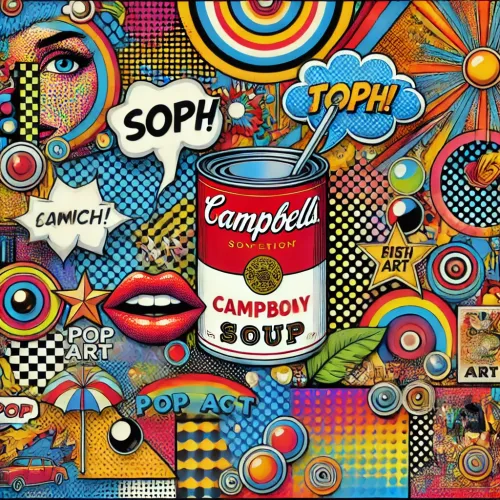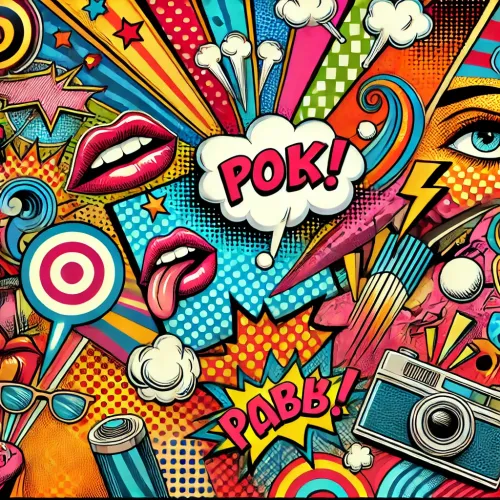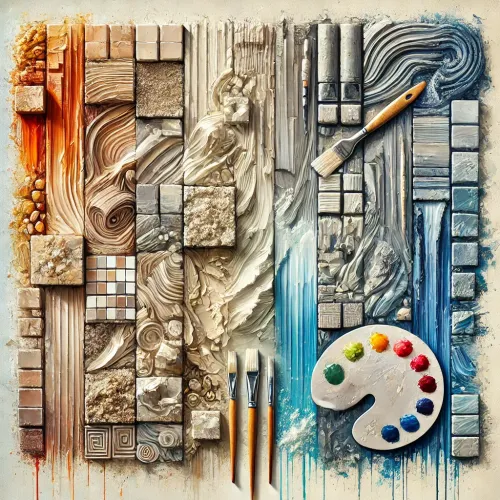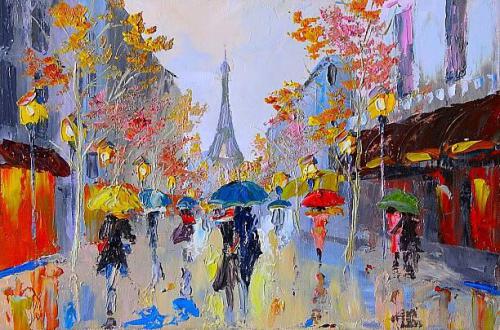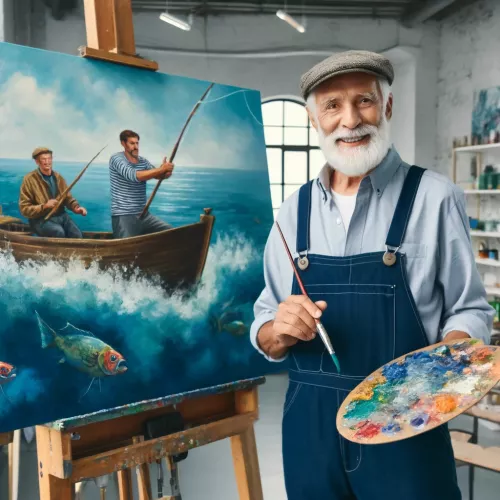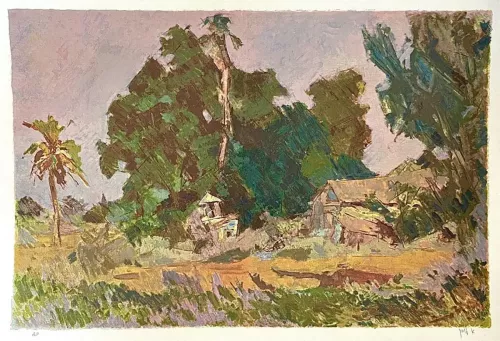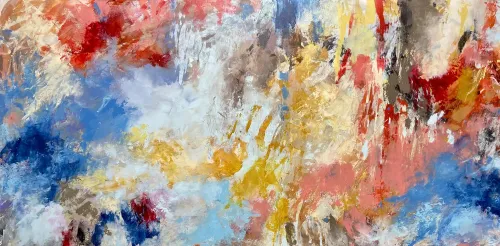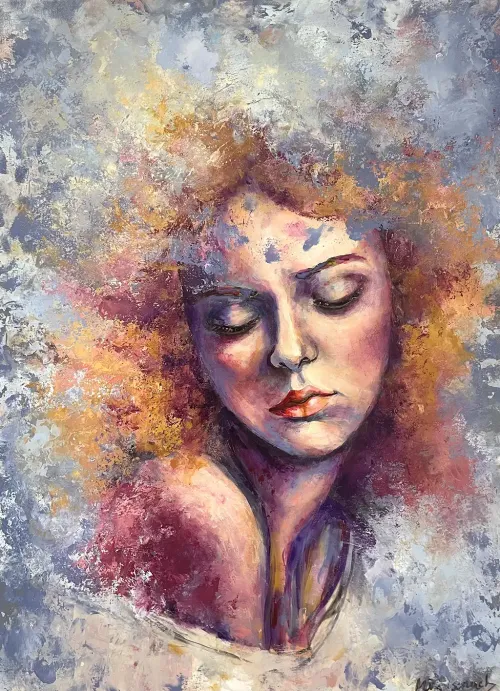A Walk Through Classic Painting Reproduction
Understanding Classic Painting Reproduction
Reproducing highly regarded paintings expands public access to cultural masterpieces inspiring new creations.
Copying classics also aids preservation through distributing images widely plus studying techniques. Aspiring artists learn by recreating old masterstrokes themselves. Museums raise restoration funds by offering authorized limited print runs to fans. And revolutions in scanning and printing now enable near-perfect renditions to adorn home galleries at fractions of original costs. Legal reproduction channels respectfully continue artistic lineages when honoring creator legacies through compensation.
History of Reproducing Classic Paintings
Even with crude early photography, circulating images brought renown. Hand-colored lantern slides of museum works preceded postcards. Currier & Ives mass-produced lithograph versions of landscapes and portraits helping everyday citizens visualize paradise properties or leaders’ faces. Picasso and Dalí authorized signed etchings and posters increasing fame and fortune decades before Instagram stickers! Early protectors like Gertrude Stein advocated collections containing Cezanne reproductions for bringing radical impressions to provocative peers who would soon shift Modernism’s flow.
Techniques in Classic Painting Reproduction
Photographic plates once permitted recreating compositions before tireless painters manually replicated each brushstroke using traditional pigments and varnishes seeking to channel masters’ spirits through meticulous study. Sculpting impasto texture demands meditative focus on each hair stroke forming illusions. Modern giclée editions capture crackled canvases’ nuance. Digital scans now allow projection tracing for large murals. Emerging AI neural networks fuel seamless photorealism. Innovations intertwine old and new respecting legacies.
Challenges in Reproducing Classic Art
Beyond perfecting compositions, mastering color matching and impasto across various media gets tricky. Oil painting layers producing luminescent dimensionality require extensive glazing. Fading photographs skew hues. Dimension loss flattens. Missing visible brushwork textures fail to reach the emotional resonance the originals innately radiate. Even utilizing digital assistants, hands performing work make subjective choices influencing entire atmospheres. Does creativity complicate or enhance copying? What ethical burdens exist preventing audiences from connecting with cultural treasures?
Famous Examples of Reproduced Classic Paintings
Leonardo’s Mona Lisa cemented celebrity status through endless kitschy merchandising permeating the global visual culture. Van Gogh’s transcendent sunflowers still greet corporate office dwellers desperate for vitality. Dali’s melting pocket watches permeate poster bins and dorm room walls with Surrealism visions making the strange familiar through mass diffusion.
Impact of Reproduction on Art Appreciation
Widespread circulation of recreated paintings from art history allows billions of glimpsing brilliance inspiring their creative paths who otherwise lack museum access or art history education early on. These replicated works enlighten perspectives by revealing diverse voices concealed before reproductions spotlighted them. Hoarded influence redistributes. Seeing your style replicated also signals zeitgeist significance evidenced by others’ adoration.
Modern Applications of Classic Painting Reproduction
Murals enlivening sterile spaces with uplifting artistry
Prints showcasing inclusive creative legacies for inspiration
Product packaging conveys elegance through curated details
Augmented reality tours reconstructing studious walking paths
Projection mapping reshaping structures into living canvases
Playful fashion collections remixing characteristic motifs
Phone cases protecting devices with personal brilliance
Coloring books relaxing minds unwinding ignored intricacy
Cinemagraph GIFs mesmerizing with selective motion
Jigsaw puzzles slowing observations admiring nuance
Ethical Considerations in Reproducing Classic Art
Obtaining documented permissions respects original artists or current rights holders through compensating creativity and sowing ongoing bounty. Valuing inspiration fueling contributions helps justify supporting adventurous arts economically as societies beyond commodity efficiency metrics. For public domain works, adhering to quality helps distinguish commemorative heritage preservation from expedient kitsch corrosion devoid of substance-eroding legacies to hollow merchandise husks. When substantively reinterpreting classics, properly credit imaginative leaps possible through their original boldness.





























































































































































































































































